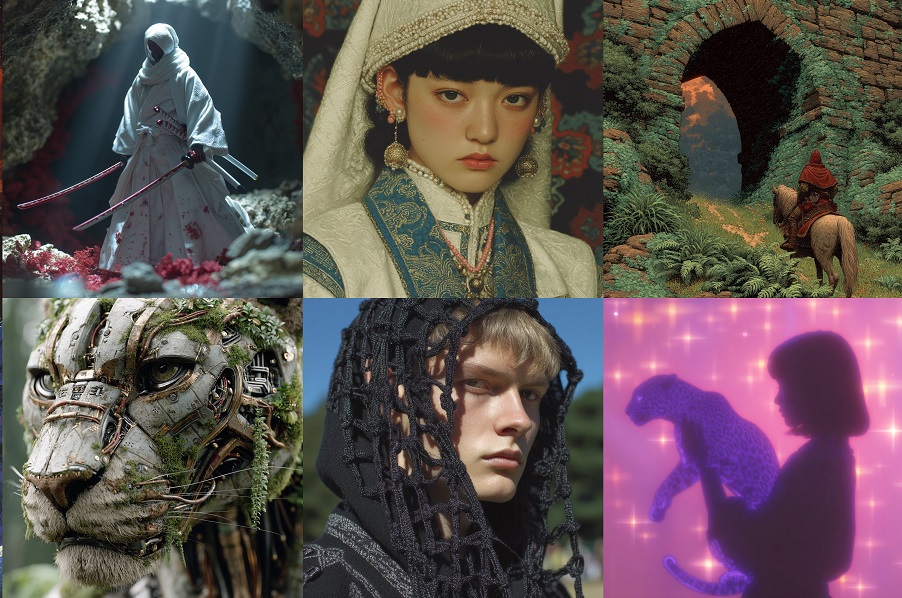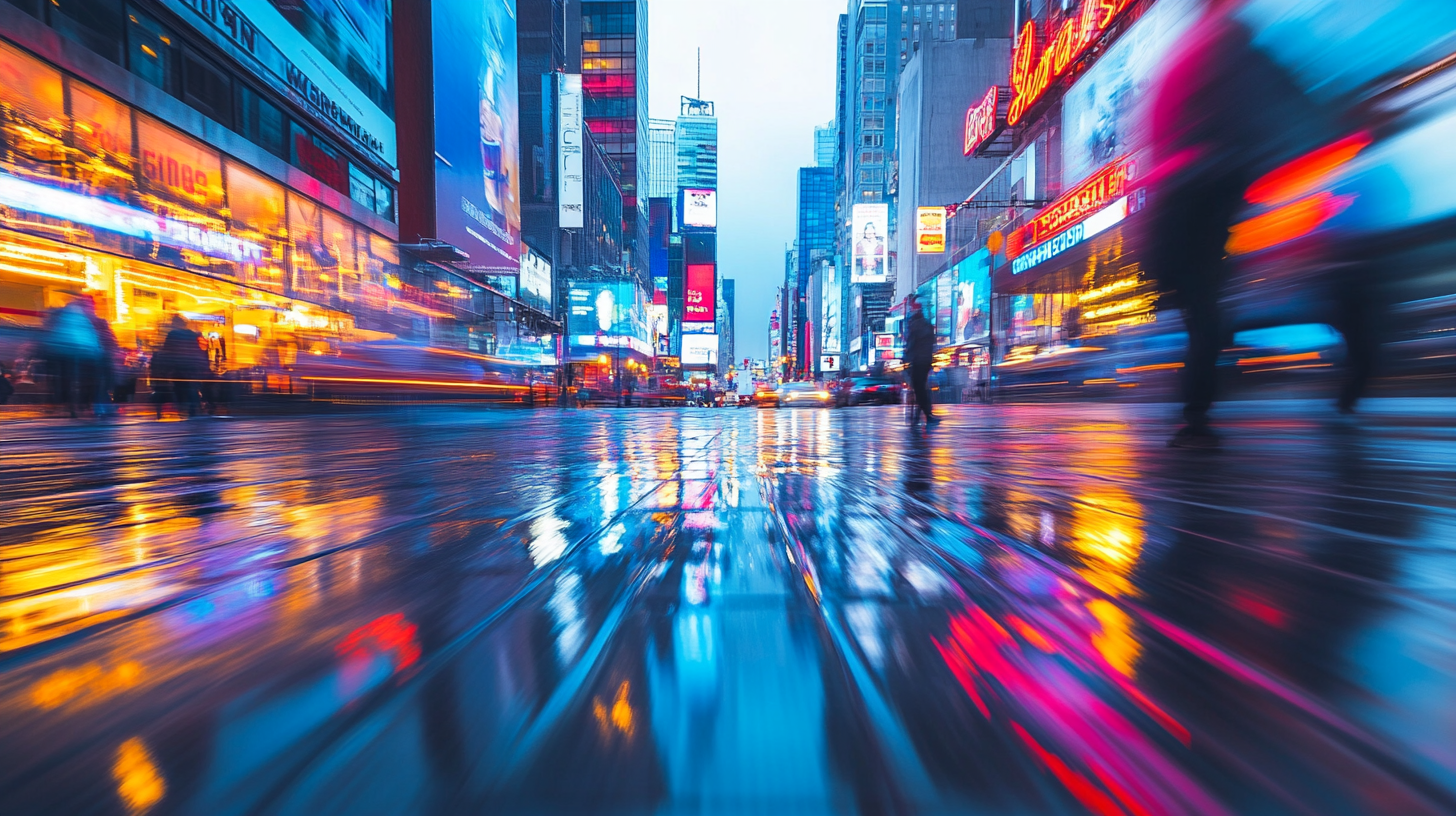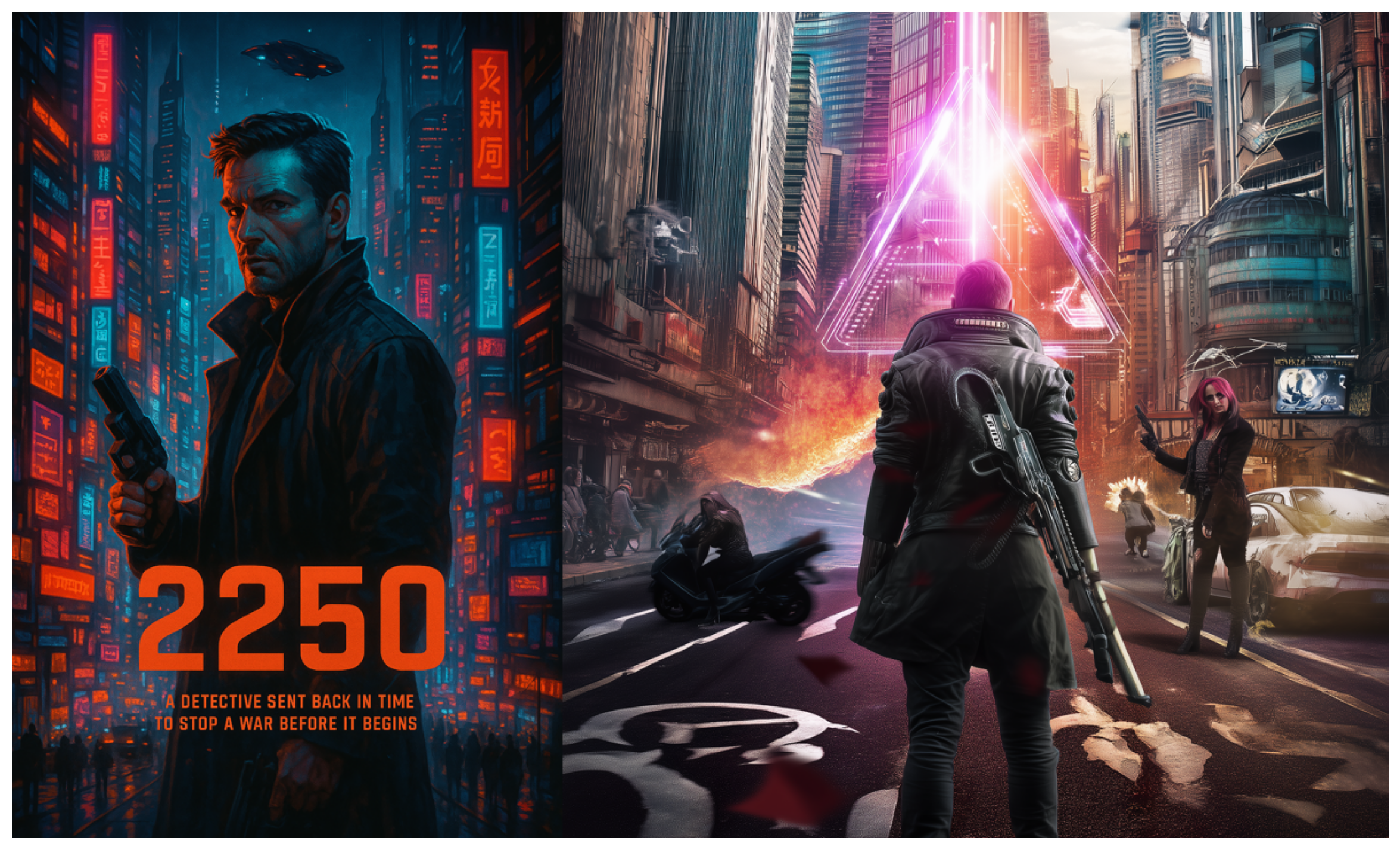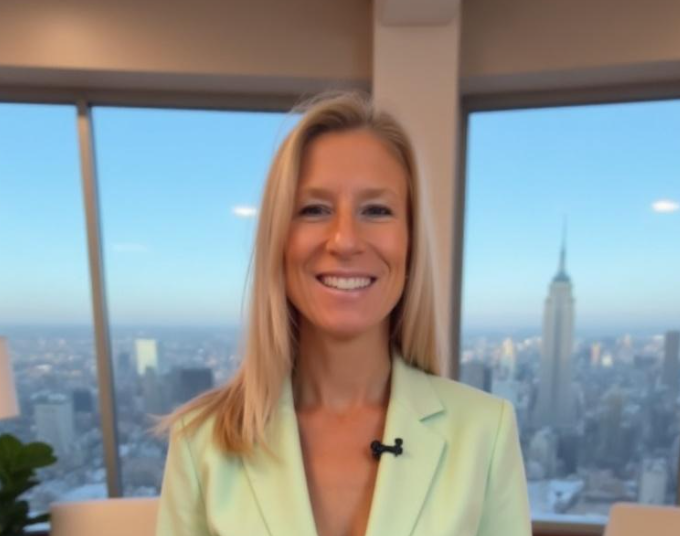Everyone’s using the same AI prompts — here's why that's backfiring
Turns out, users are prompting the same way — and it’s leading to a creative rut

AI image and video generators have taken over the internet. Even if you don’t have access to Sora 2, chances are you’ve seen the videos reposted on social media. Nano Banana is free and now available in Google Lens, so there’s no shortage of AI images either. The creative possibilities are endless, so why are the same prompts used over and over?
A new report from Kapwing reveals the most-used prompts across millions of Midjourney creations, and it says a lot about what users want to see.
The data, pulled from over 4.9 million public prompts, shows that users lean heavily on famous artists, directors, franchises and even fast food brands to guide their generative AI results. Some of the names you’d expect. Others? Not so much.
Here’s what made the cut — and what it means for the future of AI-powered creativity.
According to Kapwing’s report, these were the most commonly used references across different categories:
Category | Most-Used Prompt | Prompt Count |
|---|---|---|
Fine Artist | Alphonse Mucha | 230,794 |
Illustrator | WLOP | 166,415 |
Director | Wes Anderson | 92,378 |
Architect | Zaha Hadid | 63,103 |
City | New York City | 156,598 |
Franchise | Star Wars | 160,495 |
Fast Food Chain | McDonald’s | 18,318 |
Anime / Manga | Akira | 53,333 |
Some results were predictable. For example, Star Wars remains a cultural giant, but others stood out. Alphonse Mucha, a Czech Art Nouveau painter whose work is now in the public domain, was more renowned than names like Van Gogh or Picasso.
And McDonald’s had more prompt mentions than any other brand, likely due to its iconic color scheme and global familiarity.
Why users keep name-dropping Wes Anderson and McDonald’s

In generative AI, prompts are starting points, and as this study shows, “Wes Anderson” is a popular place to begin for users who prefer a distinct aesthetic of symmetry, retro palettes and quirky set design. Similarly, “McDonald’s” evokes neon lighting, fast food signage and nostalgic Americana.
Get instant access to breaking news, the hottest reviews, great deals and helpful tips.
This trend helps users bypass long descriptions and rely on shared cultural context. Want a cyberpunk dystopia? Try “Blade Runner.” Dreaming up a baroque floral pattern? Use “Mucha.”
But there’s a downside to all this name-dropping.
The AI prompts killing creativity

As AI image tools rely more heavily on the same cultural references, the output starts to look... the same. It’s called “model collapse,” and it happens when AI systems keep training on each other’s content, slowly flattening originality in favor of the average.
In other words, if everyone prompts “Wes Anderson,” eventually every image starts to look like The Grand Budapest Hotel on loop.
Artists have noticed, and some aren’t happy. Greg Rutkowski, one of the most-referenced fantasy illustrators in Midjourney, is part of a class-action lawsuit alleging his style was used without permission. He’s joined by other creators trying to put guardrails around what AI can and can’t remix.
The future of AI image generation

This data confirms what many of us already feel. AI slop is flooding the internet. But there are a few positive takeaways here:
- Prompt fluency is the new creative literacy. The better you are at referencing style, era lighting and camera terms, the more likely you are to get impressive results.
- Public domain names have an edge. Artists like Mucha and classical painters may top charts simply because their work is copyright-free and safe to use.
- We may see a “prompt backlash.” As generative art becomes saturated, expect a return to more niche, abstract, or unprompted experimentation.
Final thoughts
As AI tools become more accessible, users seeking a real creative edge may find it by uniquely using prompts, tweaking them, and completely breaking the mold to create something new. The best AI image prompts invent something entirely new.
Follow Tom's Guide on Google News and add us as a preferred source to get our up-to-date news, analysis, and reviews in your feeds. Make sure to click the Follow button!
More from Tom's Guide
- This Claude writing hack boosted my productivity — and it's completely free
- How I save money effortlessly with ChatGPT Agent: 5 clever tips to try
- This hidden ChatGPT site has 100 genius prompts — and it’s free to use

Amanda Caswell is an award-winning journalist, bestselling YA author, and one of today’s leading voices in AI and technology. A celebrated contributor to various news outlets, her sharp insights and relatable storytelling have earned her a loyal readership. Amanda’s work has been recognized with prestigious honors, including outstanding contribution to media.
Known for her ability to bring clarity to even the most complex topics, Amanda seamlessly blends innovation and creativity, inspiring readers to embrace the power of AI and emerging technologies. As a certified prompt engineer, she continues to push the boundaries of how humans and AI can work together.
Beyond her journalism career, Amanda is a long-distance runner and mom of three. She lives in New Jersey.
You must confirm your public display name before commenting
Please logout and then login again, you will then be prompted to enter your display name.










